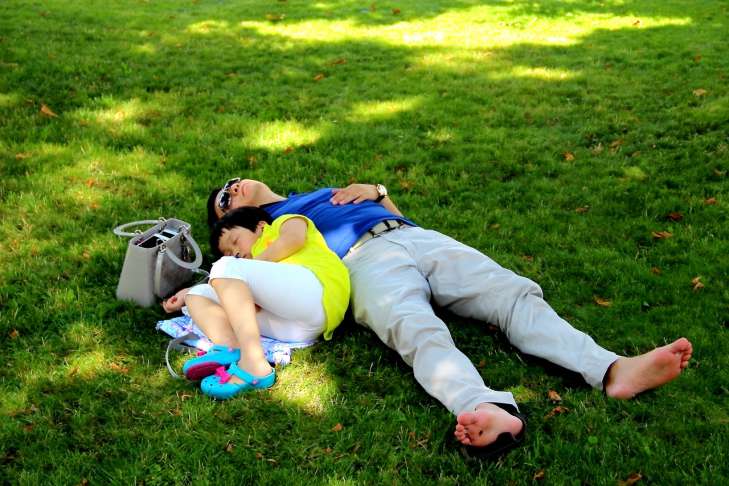Psychologist Explanation: What is Narcolepsy
Narcolepsy is not very common; It is estimated to affect approximately 1 in every 2,000 people.
What it is
Narcolepsy is a chronic disease from the group of sleep disorders, the main manifestations of which are pathological daytime sleepiness, sudden decrease in muscle tone, REM sleep phenomena (hypnagonic, hypnapompic hallucinations and sleep paralysis).
How to tell if you have narcolepsy
The main symptoms of narcolepsy are unexpected attacks of sleepiness during the day, cataplexy (sudden loss of muscle tone), sleep with awakening, and sleep disturbances at night, such as delirium or paralysis while falling asleep or waking up.
Is it possible to cure narcolepsy
Unfortunately, it is impossible to completely cure narcolepsy.
All treatment is aimed at control and maximum relief of symptoms.

After the course of treatment, the patient returns to his usual lifestyle, although some restrictions still remain.
For all patients suffering from narcolepsy, certain prohibitions are introduced.
Treatment for narcolepsy includes: Maintaining a sleep schedule: getting up and going to bed at regular times.
Medicines that activate the nervous system: psychostimulants, xanthines.
Refusal from professions that require increased attention (crane operator, surgeon), as well as from contact with dangerous mechanisms.


